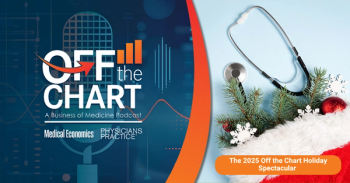
Value-based revenue makes up 6.74% of primary care income
MGMA report shows value-based contracts account for $30,922 per provider
The
The report, 2022 MGMA DataDive Practice Operations, shows that revenue from
• 6.74% in primary care specialties
• 5.54% in surgical specialties
• 14.74% in nonsurgical specialties.
Across all practices, the median revenue amount from value-based contracts was $30,922 per FTE provider, according to MGMA.
Quality reporting measures make up a big part of
The following measures were reported by respondents for their value-based contracts:
- 3% hospital admission rate
- 11% hospital 30-day readmission rate
- 27% emergency department utilization rate
- 1% 30-day post operative infection rate.
Prior to the COVID-19 pandemic, MGMA noted there was a very slow growth in the inclusion of quality metrics in compensation plans. About one in four (26%) medical groups tied quality performance to physician compensation in 2016, but by July 2018, the share of groups with quality tied to compensation rose to 36%. A March 2019 poll found that nearly 4 in 10 (38%) of groups had tied quality performance to physician compensation.
These numbers have increased since the pandemic. According to the MGMA, 35% report they have increased the share of compensation tied to quality in the past two years, 62% of medical groups have the same share of compensation tied to quality versus 2019 levels, while only 2% of respondents said they decreased the percentage of compensation tied to quality.
Medical groups use in-house analysts, vendors/software, or both to handle their analytics. The majority (45%) reported they use both in-house analysts and software, while 40% only use in-house analysts, with 15% using only vendors or third-party software.
Newsletter
Stay informed and empowered with Medical Economics enewsletter, delivering expert insights, financial strategies, practice management tips and technology trends — tailored for today’s physicians.








